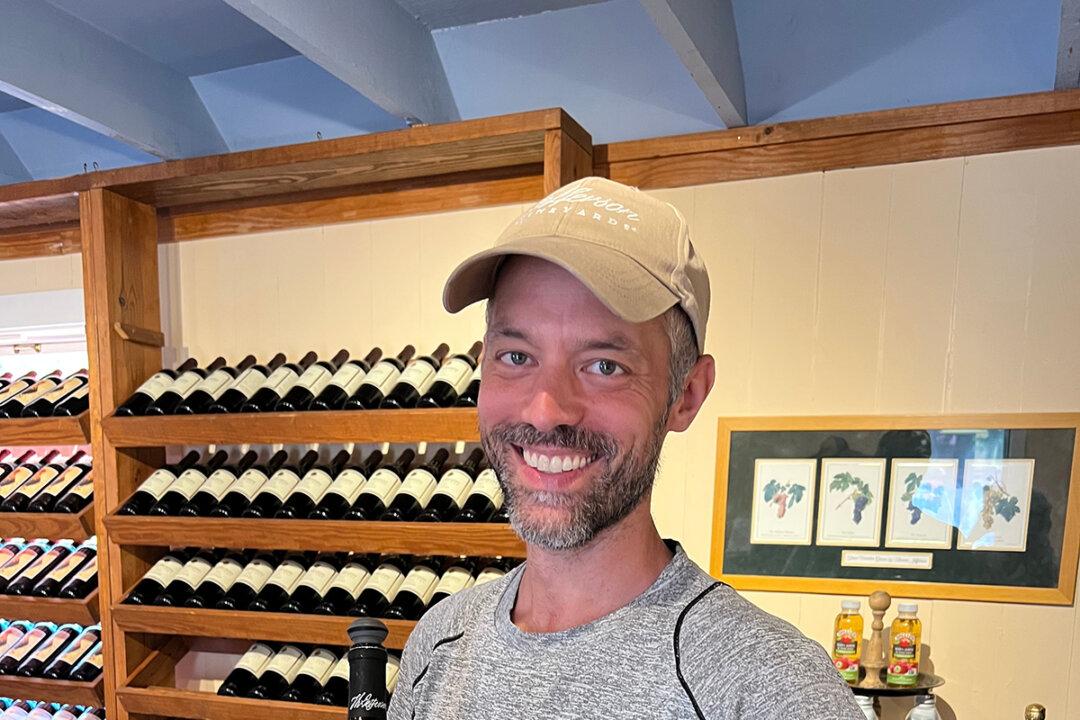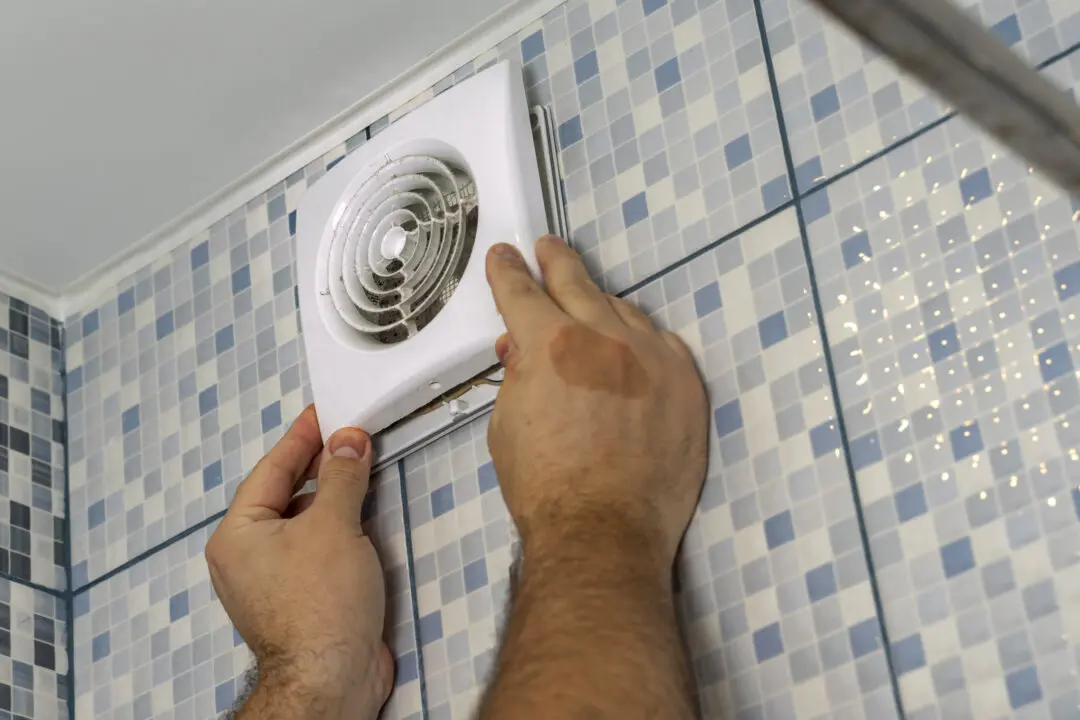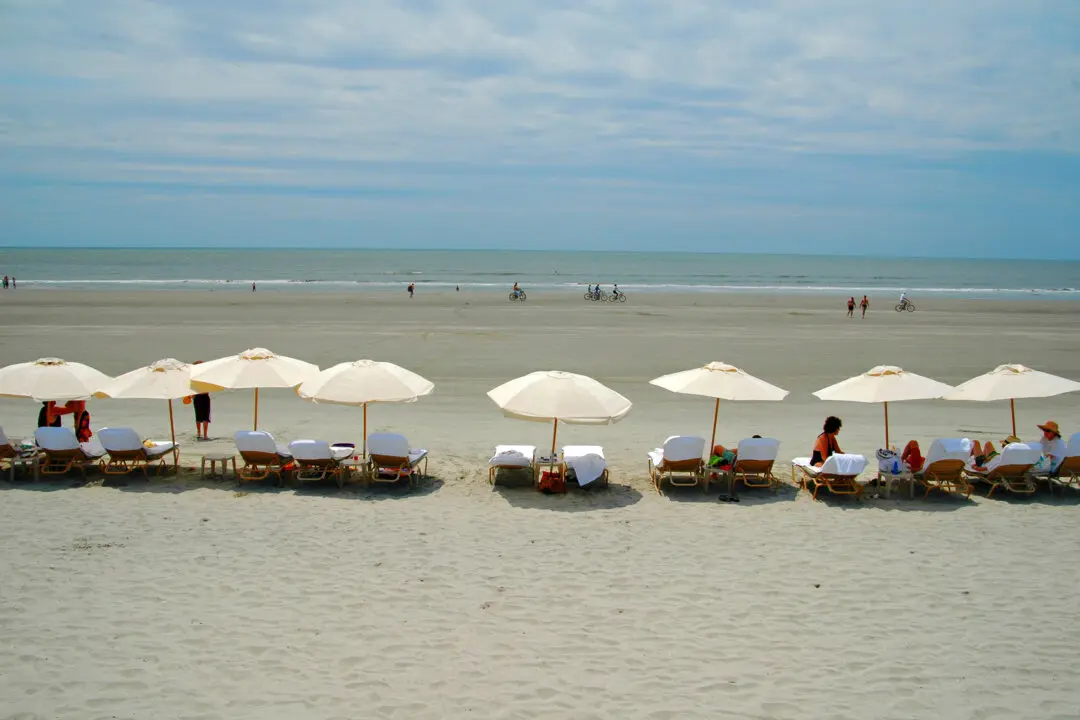By Gretchen McKay
From Pittsburgh Post-Gazette
CHARLOTTESVILLE, Va.—You can’t tell the story of Virginia wine without also telling the tale of our nation’s first oenophile, Thomas Jefferson—or tasting the fruits of the winery that bears his name just a few miles from of this picturesque college town.






